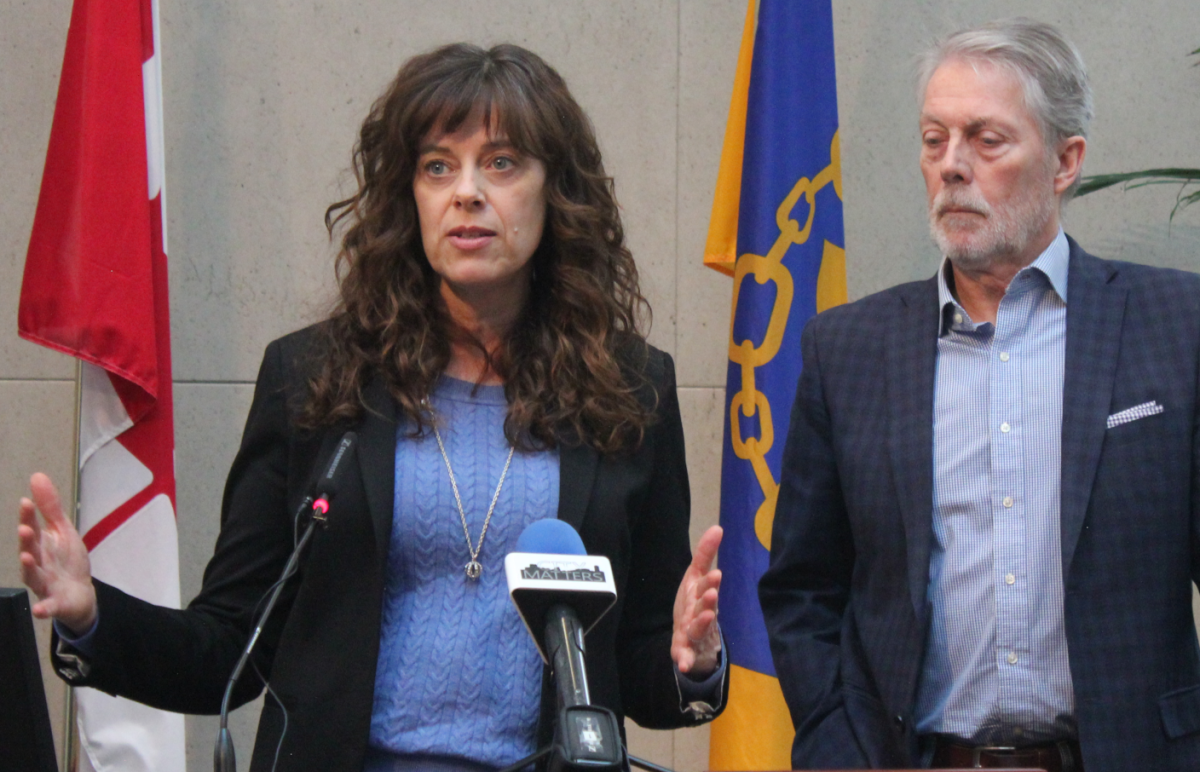Hamiltonians may want to move past COVID-19 after close to two years of off and on restrictions dealing with the affliction but the city’s top doc says it’s simply not over.

Ontario’s science table shares that prognosis with late June data, shared on social media last week, showing that wastewater signals, test positivity and hospitalizations from the virus are on the rise.
It likely means the province is already in another wave of COVID-19 driven by the highly infectious BA.5 Omicron subvariant.
“The COVID virus is going to be around with us for a long time yet to come,” Richardson told 900 CHML’s Hamilton Today.
“We are going to continue to see these new variants emerge as it goes forward and we’re all going to need to continue to pay attention to it.”
Last week, five of Hamilton Public Health’s key COVID-19 monitoring indicators showed increasing trends, including the seven-day average of new cases, which has moved from 33 reported in mid-June to 62 per day on July 3.

Get weekly health news
Active institutional outbreaks have essentially doubled from eight reported on June 21 to 19 as of July 5. Wastewater viral signals detecting COVID-19 in samples have been steadily increasing since June 1, closing in on levels seen in the initial Omicron wave in mid-January.
Dr. Timothy Sly, epidemiologist and professor emeritus with Toronto Metropolitan University, has no doubts the province is in another wave, with hospitalization rates going up about a hundred a month and the continued proliferation of the Omicron variant family.
Despite signs that the current variant is less dangerous to most people, it is sending others to hospital, putting more pressure on medical services at a time when staffing is low and absentee rates have increased enormously.
Hamilton’s hospitals have struggled in that department with Hamilton Health Sciences and St. Joe’s reporting in May a combined 700 job openings they hadn’t been able to fill.
Add to that the estimated 300 staff and physicians self-isolating at home as of the first week of July and massive surgery delays reported to have around 15,000 on-hold procedures as of the first quarter of 2022.
“One thing for sure is we’re moving towards … a true endemic situation,” Sly told 900 CHML’s Good Morning Hamilton.
“That doesn’t mean the end of the pandemic, as some people have asked me. It simply means a level where, much like the common cold or flu on a seasonal basis, we expect that it’s going to be there.”
Richardson says she’s not sure what an endemic scenario is going to look like down the road, but if the affliction is sticking around via new variants, the general population will have to get better at understanding the science behind COVID-19.
“That’s why it is so important that we get accustomed to watching what’s going on, looking at what needs to be done,” Richardson said.
Both Richardson and Sly stress the importance of keeping up to date with vaccines, saying the measure is “critical.”
Sly says the current version of COVID-19 circulating among the population really is an illness that requires three-dose protection.
“And if you’re offered the fourth dose, get that as well. It’s sure protection,” Sly said.
Richardson is even suggesting a return to masking indoors for many Hamiltonians — particularly those who’ve discovered over two years they are vulnerable to the virus.
“Yep, I’m going to say it again, we do need to wear masks at times,” Richardson said.
“We’re going to need to see what’s going on in our community and look at wearing masks when we’re in crowded places.”













Comments